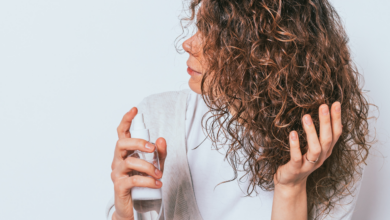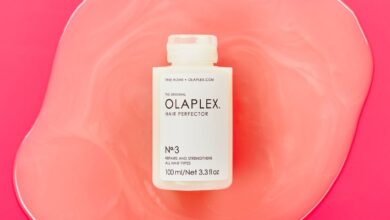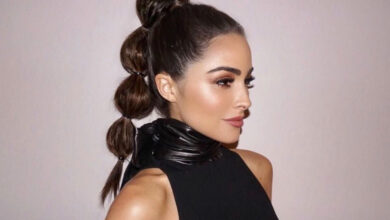
Ready to master the art of using heat tools without wrecking your hair? Dive into our guide where we break down the dos and don’ts for every hair type. Whether your strands are straight as a ruler or full of curls, knowing how to style them with heat is key to keeping your hair healthy and stunning. We’re talking about choosing the right tools, figuring out the best heat settings, and more. So, whether you’re aiming for sleek straight hair or bouncy curls, let’s get you up to speed on heat styling for your unique hair texture!
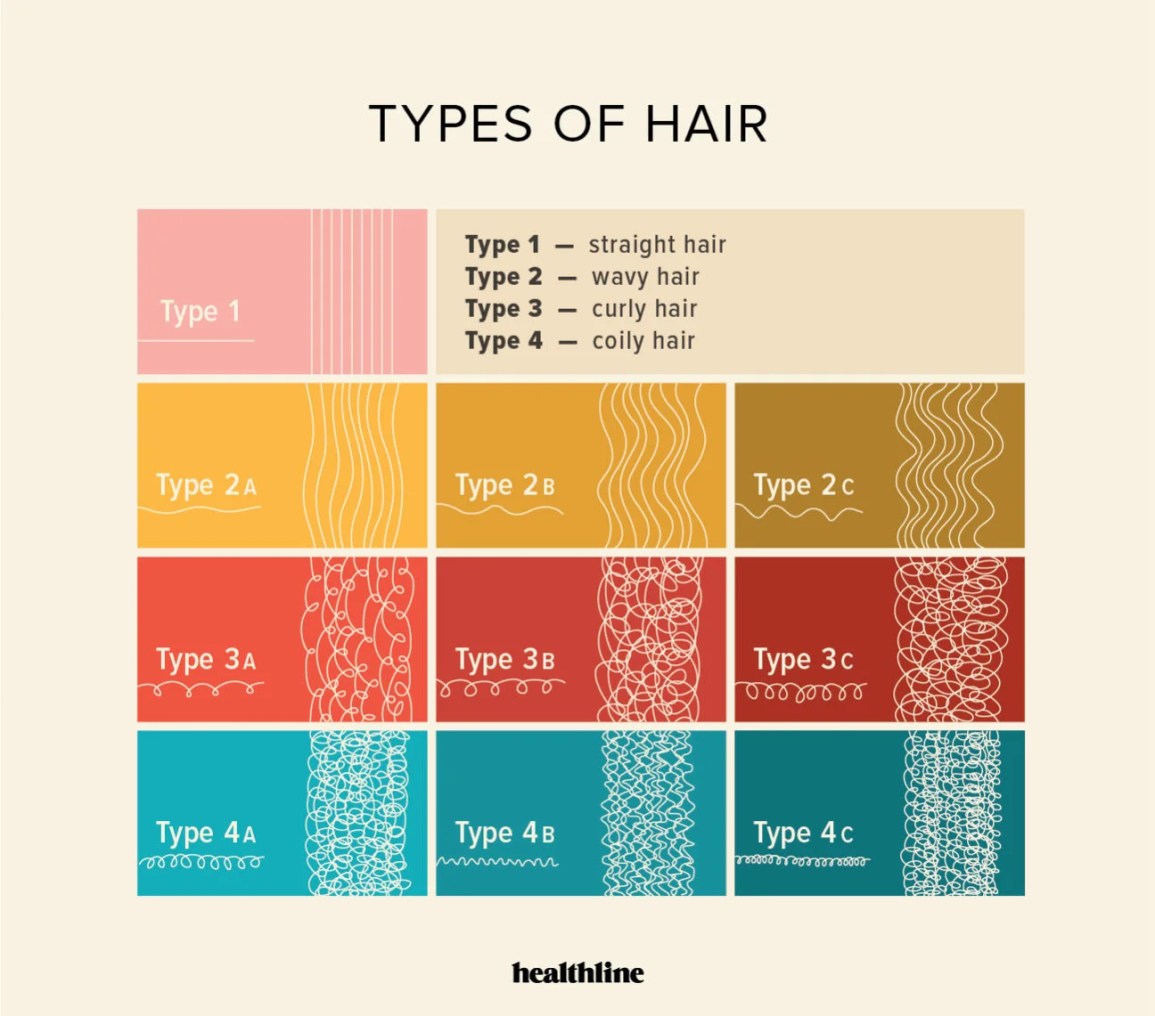
Understanding Hair Types
Categorizing Hair Types
When it comes to understanding hair types, it’s important to know that hair can be categorized into four main types: straight, wavy, curly, and coily. Each hair type has its own unique characteristics and requires specific care and styling techniques. By understanding your hair type, you can better navigate the world of heat tools and make informed decisions to keep your hair healthy and beautiful.
Determining Hair Texture
Apart from hair type, it’s also necessary to consider hair texture. Hair texture refers to the diameter of each individual strand of hair and falls into three categories: fine, medium, and coarse. Determining your hair texture can help you choose the most suitable heat tools and products for your hair, ensuring desired results without causing damage.
Introduction to Heat Tools
Explanation of Heat Tools
Heat tools are styling devices that use heat to alter the shape and texture of the hair. They have become popular for creating various hairstyles, from straight and sleek to voluminous curls. Heat tools work by using high temperatures to break down the hydrogen bonds in the hair, allowing it to be molded into different styles.
Common Types of Heat Tools
There are several types of heat tools available on the market, each catering to different hair types and styling preferences. The most commonly used heat tools include flat irons, curling irons, hot rollers, and hair dryers with attachments. Each of these tools offers different benefits and techniques for achieving specific looks.
Factors to Consider Before Using Heat Tools
Hair Porosity
Hair porosity refers to the hair’s ability to absorb and retain moisture. Understanding your hair’s porosity can help you determine the appropriate heat tool usage. If you have high porosity hair, it tends to absorb heat more quickly, making it more susceptible to damage. On the other hand, low porosity hair requires higher heat settings to achieve desired results. Knowing your hair’s porosity can prevent unnecessary heat damage and ensure effective styling.
Health and Condition of Hair
Before using heat tools, it’s essential to assess the health and condition of your hair. If your hair is already damaged or prone to breakage, excessive heat usage can worsen the situation. It’s crucial to prioritize the health of your hair by limiting heat styling or finding alternative techniques to achieve desired styles. Additionally, using heat protectant products can create a barrier between the heat tool and your hair, reducing the risk of damage.
Frequency of Heat Styling
The frequency at which you use heat tools also plays a significant role in maintaining healthy hair. Constant and excessive heat styling can lead to dryness, breakage, and loss of natural hair oils. It’s important to give your hair regular breaks from heat styling and incorporate other styling techniques to avoid long-term damage.
Desired Hairstyle
Before reaching for your heat tools, consider the desired hairstyle you want to achieve. Different hairstyles may require different heat tools and techniques. For example, straightening hair may require a flat iron, while creating loose waves may involve a curling wand or hot rollers. Understanding the specific requirements of your desired hairstyle can help you choose the most appropriate heat tools for the task.
Heat Protection Products
Importance of Heat Protection
Using heat protection products is crucial when using heat tools. These products work by forming a protective barrier on the hair, minimizing the direct impact of high temperatures. Heat protectants can help reduce heat damage, prevent moisture loss, and maintain hair health when using heat styling tools.
Different Types of Heat Protection Products
There are several types of heat protection products available, including sprays, serums, creams, and oils. Heat protectant sprays are the most common and convenient option, as they can be evenly distributed throughout the hair. Serums and creams offer additional smoothing benefits, while oils provide added nourishment and shine. Choosing the right heat protection product depends on your hair type, texture, and the level of protection you need.
Choosing the Right Heat Protection Product
Selecting the right heat protection product is crucial for achieving optimal results and protecting your hair. Consider factors such as your hair type, texture, and desired hairstyle when choosing a heat protectant. Additionally, look for products that offer a high heat protection factor (HPF) and contain ingredients like silicone or polymers, which provide a barrier against heat damage. It’s also helpful to read reviews and seek recommendations from reputable sources or hairstylists to find a heat protectant that suits your specific needs.
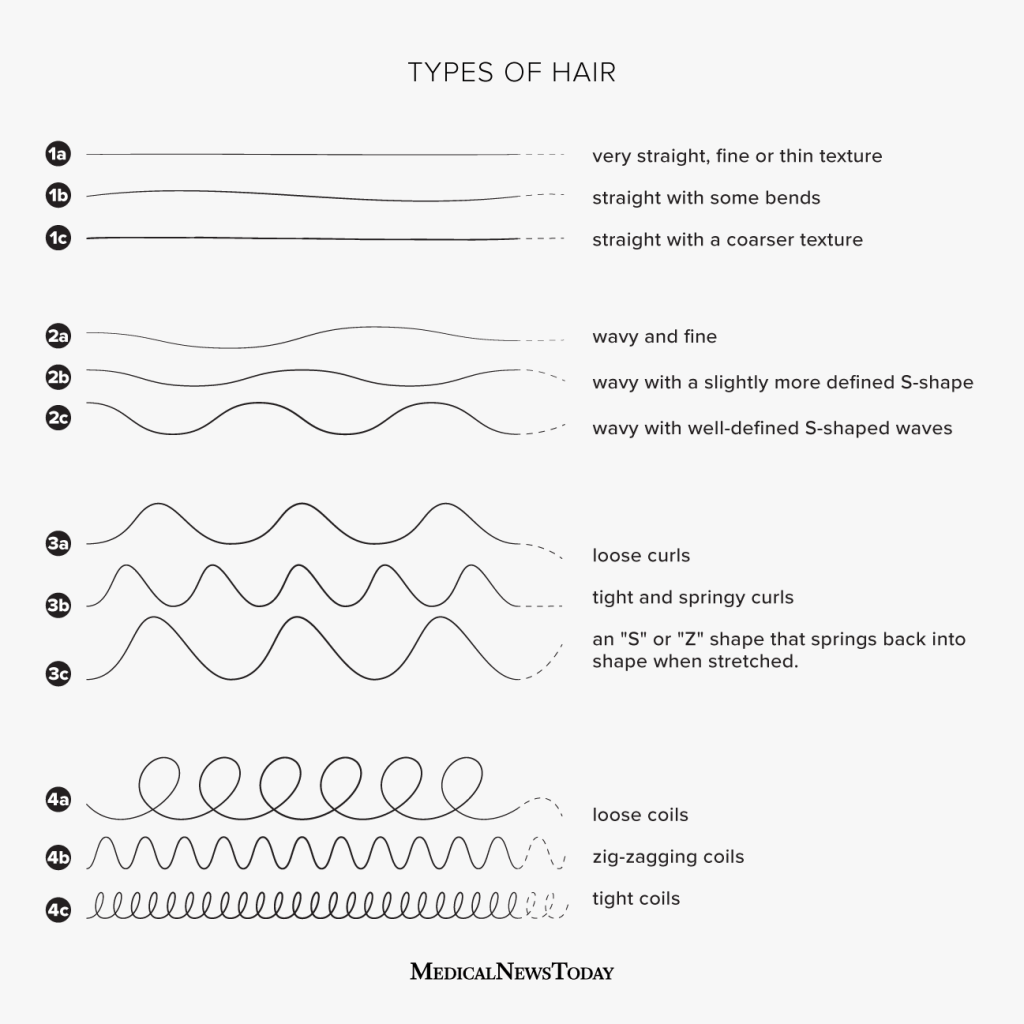
Dos and Don’ts For Straight Hair
Recommended Heat Tools
For straight hair, the go-to heat tool is a flat iron. Flat irons offer excellent versatility, allowing you to achieve sleek, straight styles or add subtle bends and waves. Look for flat irons with adjustable heat settings and ceramic plates for even heat distribution. Titanium plates are also a good option for those with thick, coarse hair.
Ideal Heat Settings
When using a flat iron on straight hair, it’s important to select the ideal heat setting. Typically, a lower temperature between 250-350°F (120-180°C) is suitable for fine or damaged hair, while a higher temperature between 350-450°F (180-230°C) works well for thicker or coarser hair. However, it’s essential to find the balance between achieving the desired results and minimizing heat damage.
Pre-styling Preparation
Before using heat tools on straight hair, it’s essential to prepare your hair properly. Start by washing and conditioning your hair with products suitable for your hair type. Apply a heat protectant spray or serum evenly throughout your hair, paying extra attention to the ends. If desired, you can also apply a straightening cream or serum to assist in achieving a straight, glossy finish.
Straightening Techniques to Avoid
While straightening your hair, it’s important to avoid certain techniques that can cause damage or lead to an unnatural appearance. Avoid using a flat iron on wet or damp hair, as the combination of heat and moisture can cause breakage and frizz. Additionally, refrain from applying excessive pressure or running the flat iron over the same section of hair repeatedly, as this can result in heat damage and unnecessary strain on the hair.
Post-styling Care
After straightening your hair, take care to maintain the results and preserve the health of your hair. Avoid touching or brushing your hair immediately after styling, as this can disrupt the straightened effect. If necessary, use a light hairspray or anti-frizz serum to keep your hair in place while minimizing any stiffness or crunchiness. Additionally, remember to deep condition your hair regularly to replenish moisture and prevent dryness.
Dos and Don’ts For Wavy Hair
Recommended Heat Tools
For wavy hair, a curling wand or a flat iron with rounded edges can create beautiful waves and curls. Curling wands offer more control and versatility, allowing you to create loose or tight waves depending on the size of the wand. Look for a curling wand or flat iron with adjustable heat settings to cater to different hair types and ensure the best results.
Ideal Heat Settings
When styling wavy hair with heat tools, it’s important to select the ideal heat setting to avoid damage. Generally, a temperature range between 300-400°F (150-200°C) is suitable for most wavy hair types. Fine or damaged hair may benefit from lower temperatures, while thicker or coarser hair may require slightly higher temperatures for the desired waves.
Pre-styling Preparation
To get the best results with heat tools on wavy hair, certain preparation steps are crucial. Start with clean, dry hair or use a heat protectant spray on damp hair before drying. If desired, apply a volumizing mousse or spray at the roots to add texture and hold. Section your hair, starting from the bottom, and work your way up, ensuring each section is properly curled or waved for a cohesive look.
Styling Techniques for Natural Waves
When creating waves with heat tools, it’s important to maintain a natural and effortless appearance. Rather than curling every section of hair in the same direction, alternate the direction of the curls or waves to achieve a more natural and voluminous look. Avoid curling the hair too close to the roots to prevent the curls from looking tight and unnatural.
Avoiding Excessive Heat
While heat tools are essential for creating waves in wavy hair, it’s important to avoid excessive heat application. Excessive heat can lead to damage, dryness, and loss of natural hair oils. Keep the heat tool in contact with each section of hair for a minimal amount of time, and avoid repeatedly curling the same section. Additionally, be mindful of the temperature setting and opt for lower heat settings whenever possible.
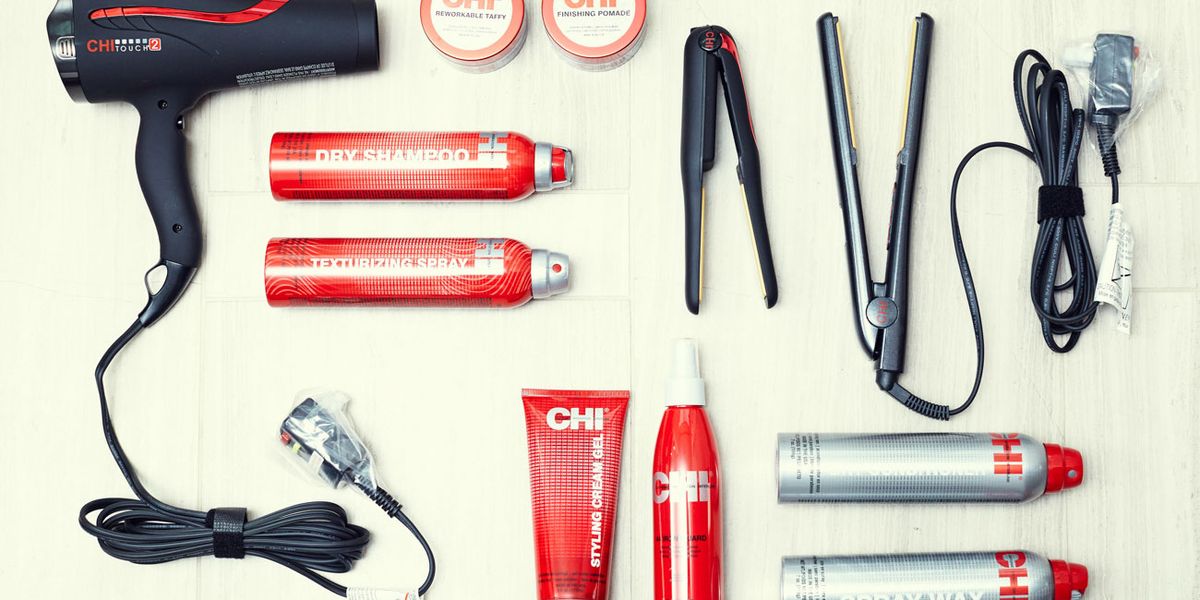
Dos and Don’ts For Curly Hair
Recommended Heat Tools
Curly hair can benefit from heat tools like diffusers and curling irons with a larger barrel size. Diffusers are great for enhancing natural curls and adding volume, while curling irons can be used to create defined curls or touch-up individual curls. Look for diffusers with multiple settings to control airflow and heat, and choose a curling iron with a barrel size that matches your desired curl size.
Ideal Heat Settings
Curly hair is often more prone to heat damage, so it’s important to select the ideal heat setting for your hair type. Lower heat settings between 250-350°F (120-180°C) are generally suitable for fine or damaged curly hair, while higher heat settings between 350-450°F (180-230°C) can be used for thicker or coarser hair. However, it’s essential to find the right balance between achieving the desired curls and minimizing heat damage.
Pre-styling Preparation
Preparing curly hair for heat styling involves specific steps to ensure optimal results. Start with clean, conditioned hair and apply a heat protectant product to shield your curls from the potential damage of high temperatures. Use a wide-toothed comb or your fingers to gently detangle your hair and distribute the heat protectant evenly. Section your hair and work with one section at a time to ensure each curl is properly styled.
Curl Enhancing Techniques
When using heat tools on curly hair, it’s important to enhance and define your natural curls rather than creating artificial-looking curls. Opt for a diffuser attachment on your hair dryer to enhance your natural curls and add volume. Alternatively, use a curling iron to shape individual curls for a more polished and defined look. To achieve a more natural appearance, avoid using heat tools on every single curl and focus on enhancing select curls for a balanced result.
Avoiding Heat Damage
Curly hair is prone to dryness, frizz, and heat damage, so it’s crucial to take extra care when using heat tools. Avoid applying excessive heat or leaving the heat tool on each section of hair for too long. Opt for lower heat settings whenever possible and use the heat tool sparingly to minimize damage. After styling, apply a lightweight oil or serum to add shine and combat frizz, and regularly deep condition your hair to maintain moisture and prevent dryness.

Dos and Don’ts For Coily Hair
Recommended Heat Tools
For coily hair, heat tools like hooded dryers and hot combs can be helpful for achieving specific styles and managing the hair’s texture. Hooded dryers are ideal for deep conditioning treatments, drying hair without manipulating the curls, or setting styles. Hot combs can be used to straighten specific sections or smooth out the edges. It’s important to choose heat tools specifically designed for coily hair to ensure safe and effective styling.
Ideal Heat Settings
When using heat tools on coily hair, it’s essential to use the appropriate heat settings to avoid damage. For hooded dryers, low to medium heat settings are usually sufficient for drying or setting the hair. Hot combs should be used on low to medium heat settings as well, as coily hair can be more delicate and prone to heat damage. It’s important to pay attention to the hair’s response to the heat and adjust accordingly.
Pre-styling Preparation
Preparing coily hair for heat styling requires specific steps to ensure optimal results. Start with clean, conditioned hair and apply a heat protectant product to create a barrier between the heat tool and your hair. Detangle your hair using a wide-toothed comb or your fingers, starting from the ends and working your way up. Section your hair to ensure even heat application and work with small sections at a time for better control.
Maintaining Moisture
Coily hair tends to be more prone to dryness, so it’s important to prioritize moisture when using heat tools. Before applying heat, ensure your hair is well moisturized by using a leave-in conditioner or moisturizing hair cream. This will help protect your hair from excessive drying and minimize potential heat damage. After heat styling, apply a lightweight oil or butter to seal in moisture and maintain hydration.
Protective Styling
Coily hair can benefit from protective styling to minimize heat exposure and promote hair health. Protective styles such as braids, twists, or updos can help protect the ends of your hair from heat and prevent unnecessary manipulation. By opting for protective styles, you can reduce the frequency of heat styling and allow your hair to rest and recover from heat damage.
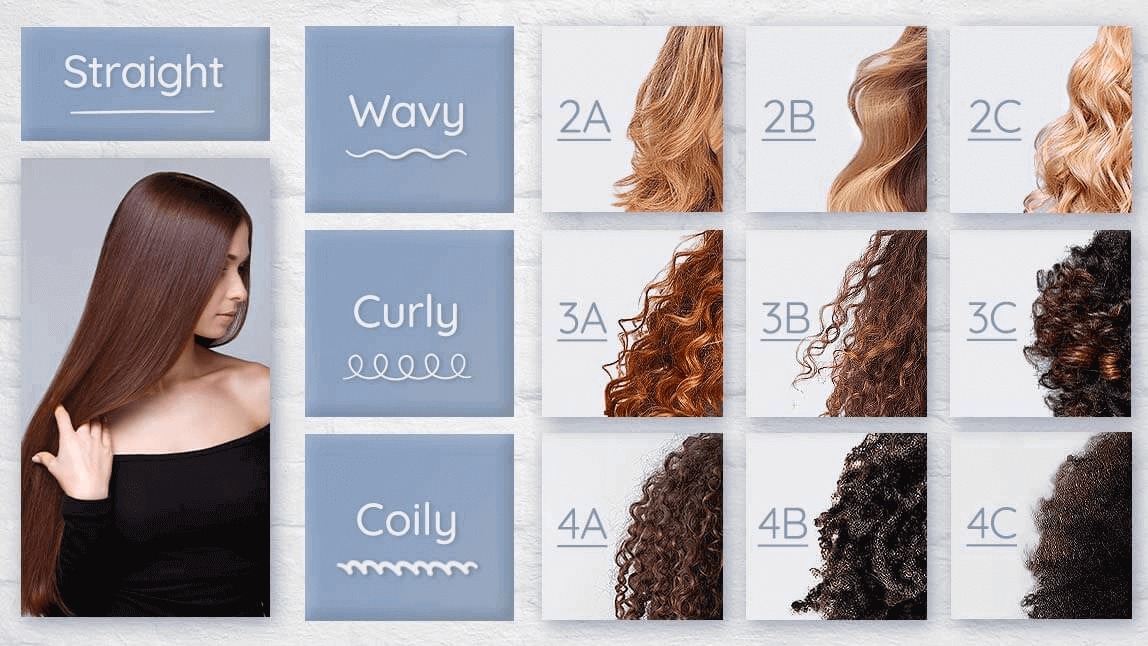
Avoiding Common Heat Styling Mistakes
Using Heat Tools on Damp Hair
One common mistake many people make is using heat tools on damp or wet hair. Heat should never be applied directly to damp hair, as the combination of heat and moisture can lead to severe damage. Before using heat tools, always ensure that your hair is completely dry or use a low heat setting if necessary.
Using High Heat Settings
Another mistake to avoid is using high heat settings unnecessarily. While high heat may seem like the quickest way to achieve your desired style, it can also cause irreversible damage to your hair. Start with lower heat settings and gradually increase if needed, always prioritizing hair health over quick results.
Neglecting Heat Tool Maintenance
Proper maintenance of your heat tools is essential for their longevity and effectiveness. Neglecting to clean and maintain your heat tools can lead to product buildup, reduced heat distribution, and even potential damage to your hair. Clean your heat tools regularly, following the manufacturer’s instructions, and store them in a safe and dry place to ensure their longevity.
Frequent Heat Styling without Breaks
Frequent heat styling without giving your hair a break can lead to overexposure and damage. It’s important to allow your hair regular breaks from heat styling by incorporating alternative styling techniques or embracing your hair’s natural texture. This will help prevent long-term damage and allow your hair to recover and regenerate.
Relying Solely on Heat Styling
While heat tools can be a convenient and effective way to style your hair, relying solely on heat styling can lead to dependency and potential damage. Embrace your natural hair texture and explore alternative styling methods that don’t require heat. This will not only reduce the risk of heat damage but also allow you to embrace and celebrate your hair’s unique qualities.
Styling Alternatives to Heat Tools
Air Drying Techniques
Air drying is an excellent alternative to heat tools, especially for those with wavy or curly hair. After washing your hair, gently squeeze out excess water and apply a leave-in conditioner or styling product. Then, allow your hair to air dry naturally, either by leaving it down or gently scrunching it to encourage natural waves or curls. This method is gentle on your hair and helps maintain its health and texture.
Heatless Curling Methods
There are various heatless curling methods you can try to achieve beautiful curls without heat. One popular method is rag curls, where strips of fabric are twisted around sections of damp hair and left overnight. Another option is to use foam or flexi rods, which are bendable rods that can be wrapped around sections of hair and secured to create curls. These methods allow you to experiment with different curl sizes and avoid heat damage.
Braiding and Twisting Styles
Braiding and twisting your hair can create beautiful and versatile styles without the need for heat tools. French braids, Dutch braids, fishtail braids, and twists can all be done on damp or dry hair, and they can be worn as protective styles or transformed into elegant updos. These styles not only look stylish but also protect your hair from heat damage and reduce the need for frequent heat styling.
Roller Setting
Roller setting is a classic technique for achieving bouncy curls or voluminous waves without heat. Start with damp hair and apply a setting lotion or mousse. Divide your hair into sections and roll each section onto a velcro or foam roller, securing it in place. Leave the rollers in until your hair is completely dry, then carefully remove them to reveal beautiful, heatless curls. Roller setting is gentler on the hair and can help maintain its health and natural texture.
By understanding your hair type and following the dos and don’ts for your specific texture, you can safely and effectively use heat tools to achieve your desired styles. Remember to prioritize the health and condition of your hair, use appropriate heat protection products, and incorporate alternative styling techniques to give your hair a break from heat. With the right approach, you can enjoy the versatility and beauty of heat-styled hair while keeping your locks happy and healthy.
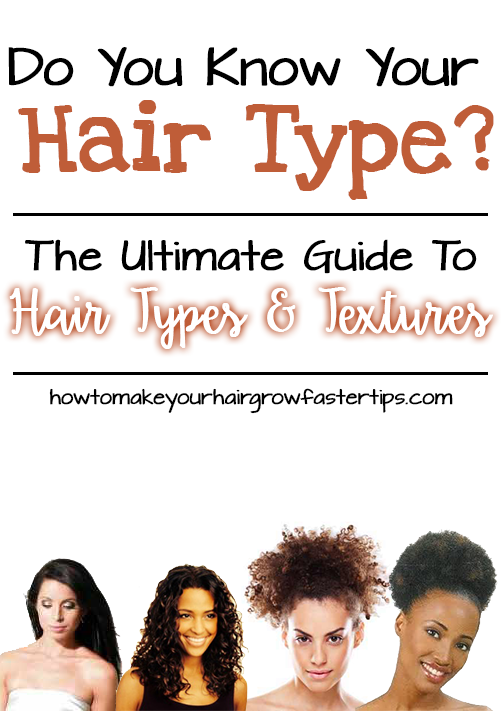
Going Dark: Tips And Tricks For Dyeing Hair Darker Shades(Opens in a new browser tab)
Sensitive Skin: Gentle Skincare Regimes Curated By Stylish.ae(Opens in a new browser tab)
Discover The Art Of Braiding With Stylish.ae: From Simple To Intricate(Opens in a new browser tab)

